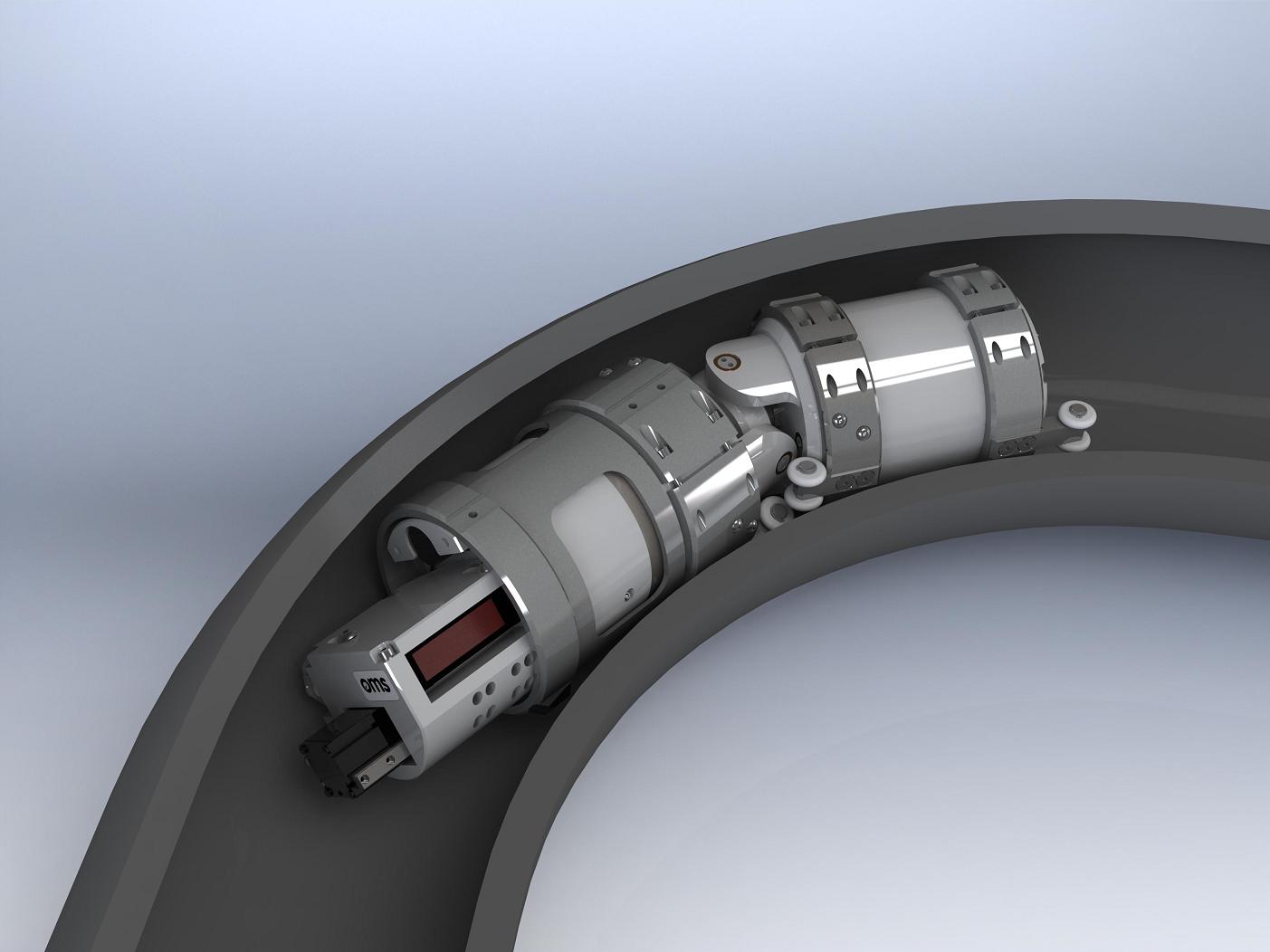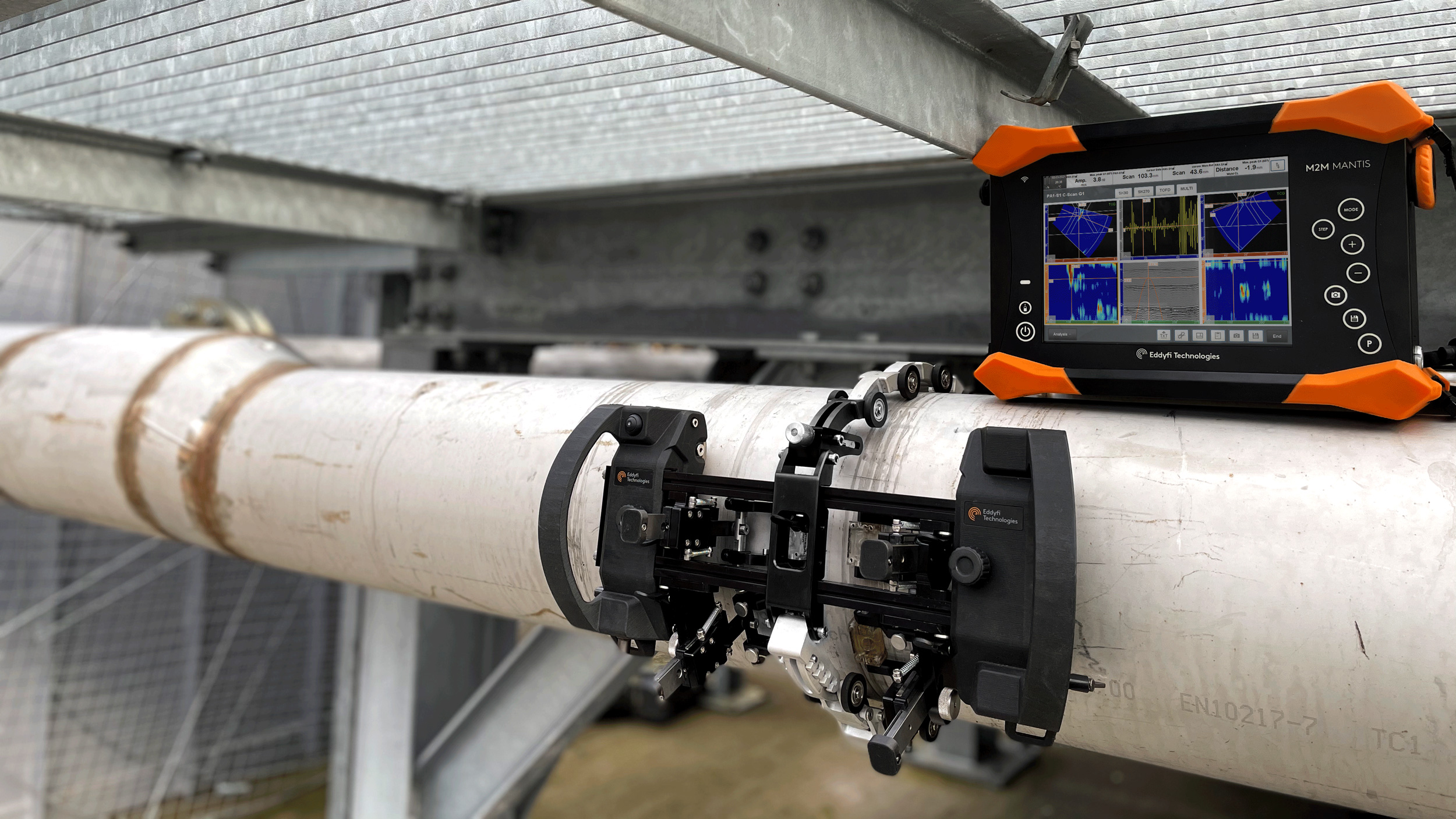Comprehensive Overview to Pipe Welding Examination: Making Sure Honesty and Safety And Security in Pipe Construction and Upkeep
The integrity and safety of pipelines are paramount in today's infrastructure landscape, emphasizing the vital function of welding examination in pipe building and maintenance. Pipeline Welding Inspection. The complexities included in welding examination raise pertinent questions concerning market requirements and the progressing modern technologies that may redefine these methods.

Significance of Welding Inspection
Welding examination plays a crucial function in ensuring the stability and safety of pipeline systems. It offers as an essential process that confirms the high quality and dependability of bonded joints, which are frequently one of the most at risk points in pipeline building and construction. Through methodical assessment, examiners can recognize potential issues such as fractures, porosity, and incomplete fusion, which may jeopardize the structural stability of the pipeline.
The value of welding inspection extends past plain compliance with sector requirements; it likewise safeguards public health and wellness and the setting. Complete inspections can enhance the longevity of pipeline systems, decreasing the need for costly repair work and downtime.
Along with making sure security and compliance, welding evaluation fosters a culture of quality control within companies. By prioritizing evaluation throughout the welding procedure, business can construct a track record for integrity and excellence, ultimately resulting in increased consumer confidence and business chances (Pipeline Welding Inspection). Thus, the relevance of welding evaluation can not be overstated in the context of pipeline construction and upkeep
Secret Welding Procedures
Various welding processes are utilized in pipe construction, each with its very own benefits and applications. Among the most widely made use of techniques are Protected Steel Arc Welding (SMAW), Gas Tungsten Arc Welding (GTAW), and Gas Steel Arc Welding (GMAW) SMAW is favored for its convenience and capacity to execute well in numerous ecological problems, making it ideal for area applications.
GTAW, often referred to as Tungsten Inert Gas (TIG) welding, is recognized for its capacity to create top notch welds with excellent control over heat input, making it suitable for thin-walled pipes and stainless steel materials. GMAW, or Steel Inert Gas (MIG) welding, supplies high deposition rates and is effective for large-scale tasks, commonly used in the fabrication of pipelines in controlled atmospheres.
Additionally, Submerged Arc Welding (SAW) is utilized for its deep infiltration and high performance, especially in the construction of large-diameter pipelines. Each of these processes contributes to the overall honesty and security of pipe buildings, enabling welders to choose the most suitable approach based upon material kind, task demands, and ecological problems. Understanding these key welding processes is essential for effective pipe welding assessment.
Common Issues and Their Effect

Porosity, defined by tiny gas pockets trapped within the weld, damages the product and can cause leakages. Splits, which may happen because of thermal stress and anxieties or improper air conditioning, can circulate and result in structural failure under pressure. Undercutting, where the base steel is eroded along the weld bead, reduces the efficient cross-section of the pipe, increasing he said the threat of crack.
Incomplete combination happens when the weld steel does not appropriately bond with the base metal, causing weak areas that may stop working under stress and anxiety. Slag incorporation, the entrapment of non-metallic product within the weld, can likewise weaken the joint's stability. Recognizing and resolving these defects early in the building and construction procedure is crucial to guaranteeing the lasting dependability and safety of pipeline systems, thus securing both the setting and the framework.
Inspection Devices and techniques

Aesthetic evaluation is the initial line of defense, allowing examiners to recognize surface area irregularities, imbalance, or various other visible issues. Ultrasonic testing uses high-frequency audio waves to identify interior problems, giving precise deepness measurements and defining issues without damaging the weld. Radiographic testing makes use of X-rays or gamma rays to generate pictures of the weld, making it possible for the identification of inner voids, splits, or inclusions.
Magnetic particle screening is specifically effective for identifying surface area and near-surface suspensions in ferromagnetic materials. This technique involves applying an electromagnetic field and fine iron bits to the weld, disclosing problems via the build-up of fragments at flaw websites.
Along with these strategies, specialized devices such as automated ultrasonic testing equipment and electronic radiography systems improve inspection precision and efficiency, ensuring an extensive assessment of pipe welds during construction and maintenance.
Finest Practices for Conformity
Sticking to ideal practices for conformity in pipe welding examination is crucial for guaranteeing the stability and security of the facilities. Organizations has to establish a thorough top quality administration system that lines up with industry standards such as ASME, API, and AWS. This consists of creating thorough welding procedures that define the materials, methods, sites and certifications needed for welders.
Normal training and qualification of examination personnel are vital to maintain high expertise levels. Inspectors ought to recognize with numerous non-destructive screening (NDT) methods, including ultrasonic testing, radiographic testing, and aesthetic assessment, to properly identify prospective issues.
Documents plays an essential role in compliance; preserving precise documents of examinations, weld treatments, and employees qualifications assists to ensure traceability and responsibility. Set up audits and testimonials of welding techniques must be performed to recognize areas for renovation and make certain adherence to established methods.

Conclusion
In final thought, the execution of strenuous welding evaluation methods is vital for ensuring the integrity and security of pipeline construction and maintenance. Constant enhancement in assessment processes will certainly contribute to the durability and dependability of pipeline systems, emphasizing the vital duty of welding evaluation in the industry.
The honesty and security of pipelines are vital in today's framework landscape, highlighting the critical role of welding evaluation in pipeline building and construction and upkeep. Understanding these crucial welding processes is necessary for efficient pipe welding examination.
Sticking to finest practices for conformity in pipe welding inspection is critical for making sure the honesty and security of the infrastructure.In final thought, the execution of rigorous welding examination procedures is vital for making sure the stability and security of pipe construction and upkeep. Continuous enhancement in evaluation processes will certainly add Recommended Site to the durability and dependability of pipe systems, emphasizing the essential duty of welding assessment in the industry.